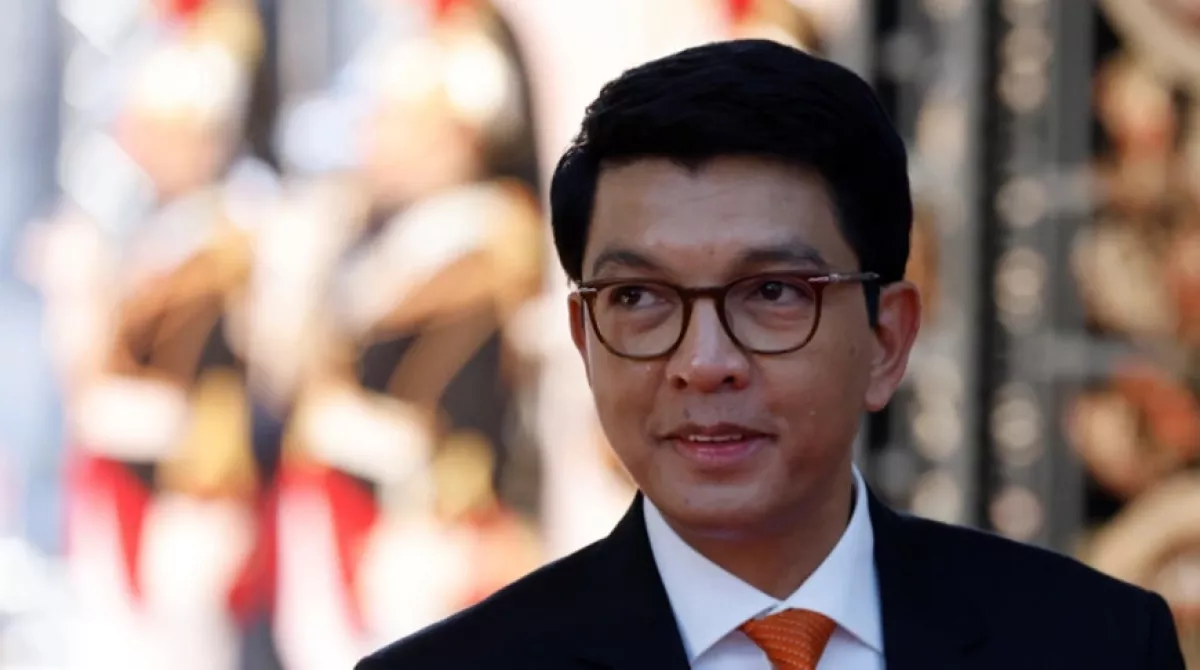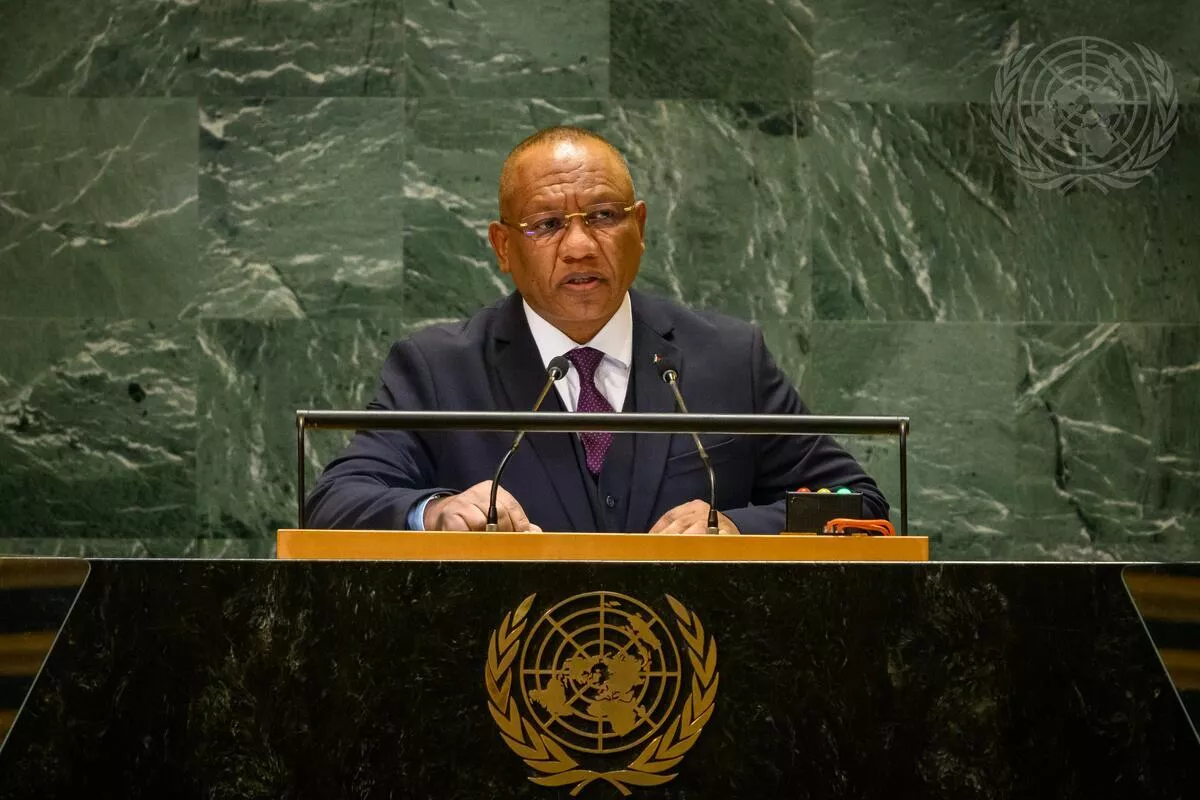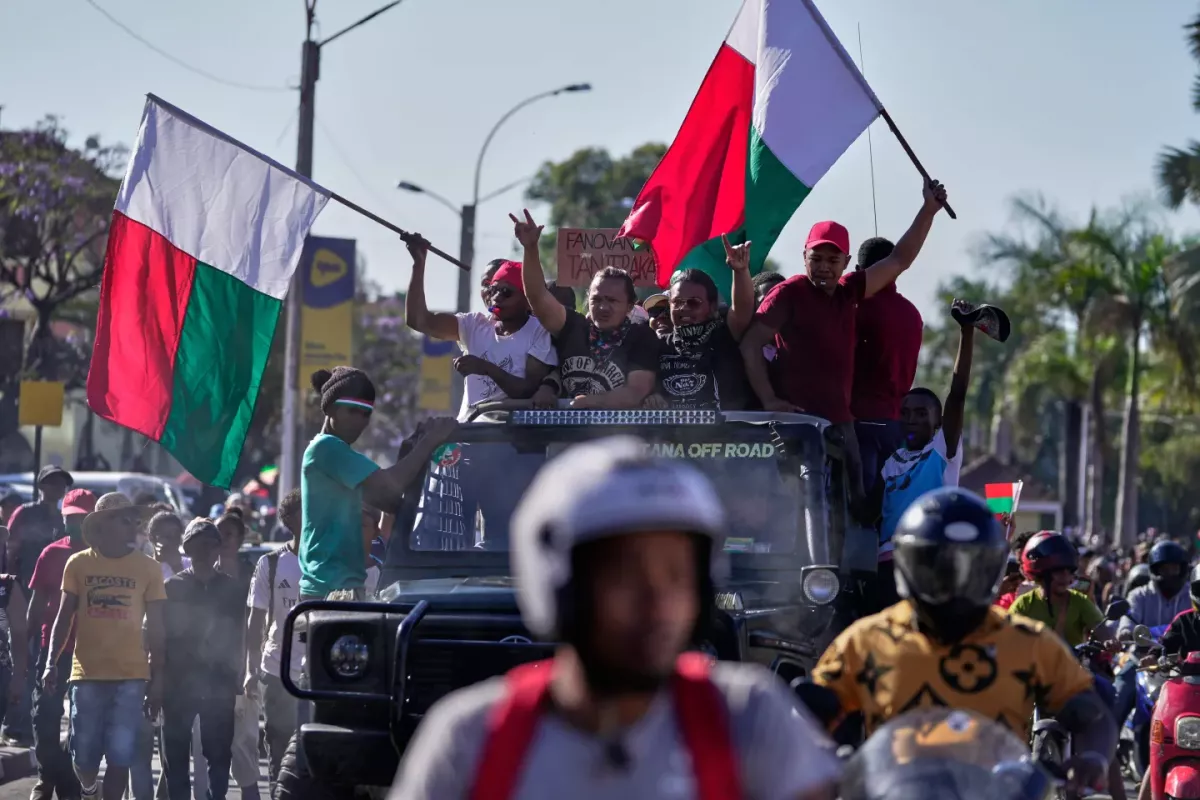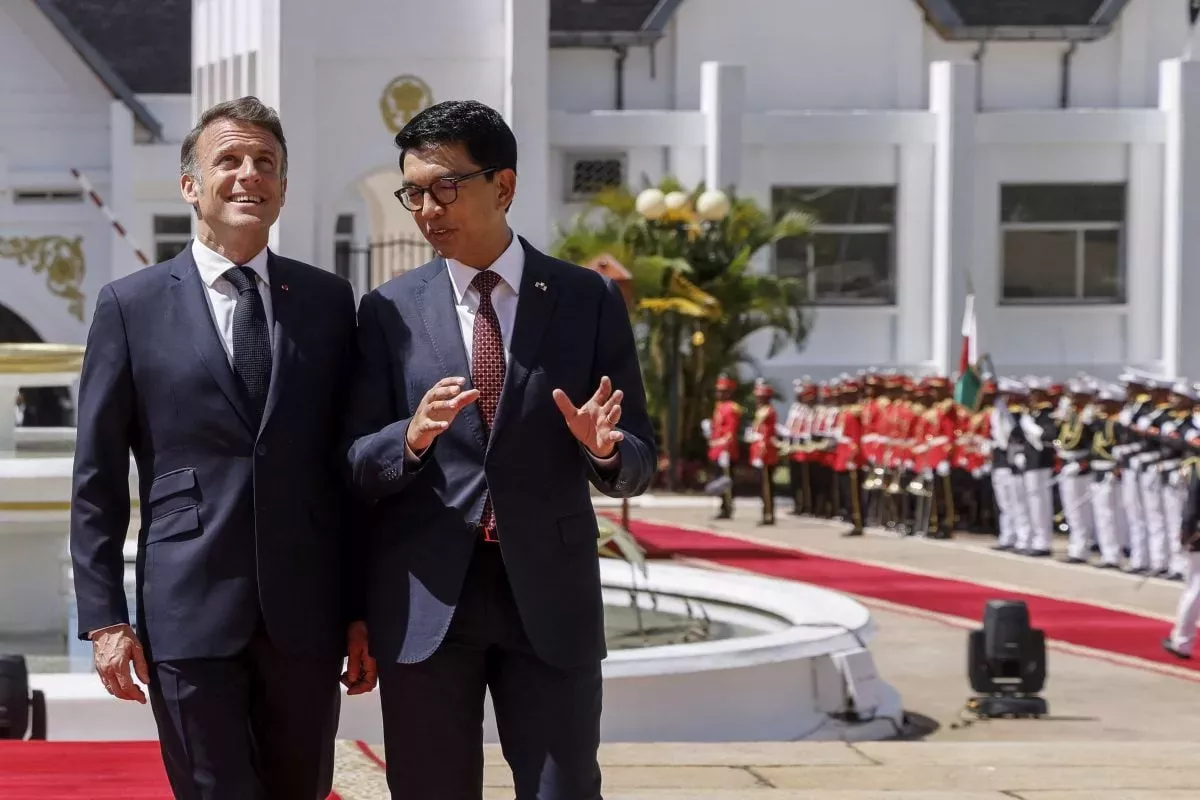Madagascar in flames: The fall of the pro-French regime Youth take charge
Last week, yet another country became the scene of mass civil unrest that culminated in a coup d’état. After several weeks of clashes that began on September 25, 2025, on the island of Madagascar, part of the army refused to defend the old regime, and President Andry Rajoelina was forced to leave his residence under the protection of French military personnel.

The immediate cause of the protests was the regular power outages, which had become a serious problem for ordinary Malagasy citizens. However, there are reasons to believe that the grievances of the population—79% of whom live below the poverty line—against a government mired in corruption and luxury run much deeper.
According to World Bank data, Madagascar’s GDP per capita was around 500 USD in 2018 and about 509 USD in 2023. This figure remains extremely low and has shown virtually no change in recent years. Meanwhile, the World Bank reports that the urban poverty rate has increased by 31.5% over the past decade—from 42.2% in 2012 to 55.5% in 2022.
As reported by the French newspaper Le Monde, “each year, 400,000 young people enter the job market, most without any training,” and the inability of the national water and electricity company to provide adequate services to the Malagasy population “sparked the anger of the Malagasy youth, galvanised by the victories of young protesters in Nepal.”
Initially, only student youth were at the forefront of the protests, inspired by recent uprisings in Indonesia, Bangladesh, and Nepal. However, after President Rajoelina ordered the harshest possible measures against demonstrators, resulting in the deaths of at least 25 people, the protests escalated into a nationwide uprising.

Frightened, the authorities made concessions—the Malagasy government and Prime Minister Christian Ntsay were dismissed—but the measures came too late.
On September 30, 2025, protesters broke through police lines and stormed the central capital May 13 Square.
The situation worsened with a general strike announced by the movement GenZ Madagascar, joined by some civil servants, junior medical staff, employees of the energy and water companies, and even prison guards, who declared they would no longer accept new inmates.
Ultimately, the protest sentiment spread to army barracks, where clashes between loyalists and supporters of the coup began on October 2, 2025.
On October 10, 2025, in the northern city of Antsiranana, where the protest movement was strongest, soldiers, rather than blocking the demonstrators, stepped aside and escorted them into the city centre.
Cornered, President Rajoelina made a series of promises, including providing generators for universities. He proposed a one-year truce during which he pledged to address the issues raised by the movement. But it was already too late.
On October 11, 2025, the CAPSAT personnel corps, supported by their commanders, publicly declared that they would no longer participate in suppressing the protests: “Our children are suffering, we are not here to kill and beat them. We are experiencing the same suffering. We must support them. Let us not allow ourselves to be manipulated by money or position.”

CAPSAT representatives called on other security forces to follow their example. In response, President Rajoelina issued a statement announcing the start of a coup, but the power was no longer on his side.
On October 12, 2025, CAPSAT officers appointed a new head of the armed forces—General Demostene Picoulas, the commander of CAPSAT. The following day, Monday, the Malagasy Senate convened and removed its chairman, General Richard Ravalomanana, nicknamed “Bomb,” who was considered the architect of the crackdown on demonstrators.
President Rajoelina left Madagascar on a French military aircraft, first flying to Réunion Island and then possibly to Dubai. The ousted Prime Minister Christian Ntsay and businessman Mamy Ravatomanga, a close associate of the president, left the island on a private plane headed for Mauritius.
Currently, Madagascar’s youth are celebrating their victory. District-level Coordinating Committees of Struggle (KMT) have been established, and in some parts of the capital, rudimentary anti-looting patrols have appeared. The elites are trying to form a transitional government composed of “independent” politicians who have not been tainted by ties to the old regime. However, some observers note that a similar situation occurred in 2009, when mass protests brought to power a former DJ and media mogul, “unconnected to politics”—none other than the recently ousted President Rajoelina.
As one protester told French journalists: “I am upset and a little disappointed with what is happening now. It feels like all the work was done by the youth, and now, as usual, the older people are putting on a show. After all, this is politics, and youth have not always been involved in it. But what is happening now is a bit disappointing. It seems like political co-optation. We wanted to bring someone new to power, not someone who has already been there and can easily reclaim their position. Our struggle is far from over.”
Meanwhile, the Réunion-based newspaper Temoignages suggests that the current coup in Madagascar may involve “a struggle for influence, in which major powers and economic interests are implicated. The recently ousted President Andry Rajoelina was a French protégé, held French citizenship (contrary to the Malagasy constitution), and enjoyed special protection from Emmanuel Macron. The reason for this interest lies in the wealth of Madagascar’s mineral resources.”

As Le Monde writes, “the island… possesses enormous potential. In 2023, nickel and cobalt once again became its top export commodities. Madagascar is also estimated to hold 8% of the world’s graphite reserves. These are resources that are highly sought after today in the competitive struggle among great powers.”
Of particular importance are the rare-earth metals—a group of 17 elements, including scandium, yttrium, and the so-called lanthanides (lanthanum, cerium, praseodymium, neodymium, promethium, samarium, europium, gadolinium, terbium, dysprosium, holmium, erbium, thulium, ytterbium, and lutetium). These elements share unique optical, magnetic, and electrochemical properties, making them essential for advanced industrial sectors such as electronics, lasers, and more. However, extracting these resources is a complex and costly endeavour, feasible only with the support of wealthy and technologically advanced nations.
Today, China dominates the rare-earth metals market, but given the current global power rivalry, there is no doubt that multiple states will show interest in Madagascar’s riches, which, following the flight of the pro-French president, are unlikely to remain unclaimed for long.








